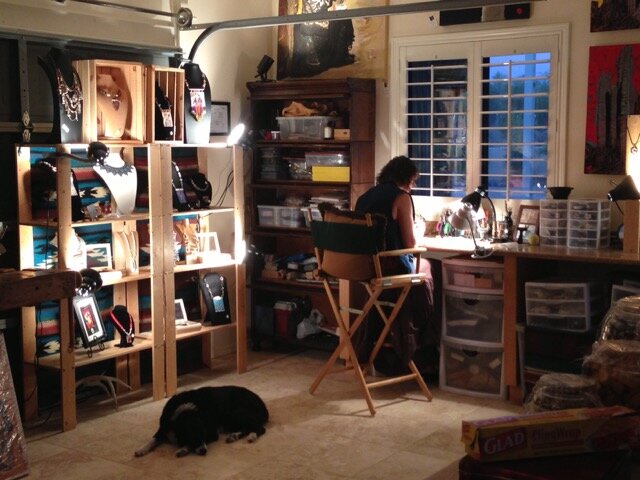As a long-time resident of Winnemucca, I’m proud to acknowledge the accomplishments of Native American Sarah Winnemucca – advocate, educator and author – who was born near Humbolt Lake, Nevada. Born into the tribe known among whites as the Northern Paiute and named Thocmetony (Shell Flower), she roamed with her people over western Nevada and eastern Oregon, gathering plants and fish from local lakes.
First in Her Field, Sarah Winnemucca Dedicated Her Life to Protecting Native Americans as the United States Expanded in the 1880s Photo credit: Smithsonian Institute
As Winnemucca grew up and realized that white settlers were staying in her land, she began adopting Anglo-American habits – taking on the Christian name Sarah – mastering English and Spanish. She and her sister briefly attended a convent school in California until complaints were made by wealthy parents of other schoolchildren.
Sarah Winnemucca’s life’s work focused on pursuing friendly relationships – acting as an interpreter between American and Native cultures to help her people. Over the years she served US forces as a messenger, scout, interpreter and guide, and as well as a teacher for imprisoned Native Americans.
She became an advocate for the rights of Native Americans and went to Washington D.C. to lobby Congress for the release of the Paiute tribe when they were interned in a concentration camp at Yakima, Washington.
Winnemucca became a lecturer and performer dramatizing the plight of reservation Indians, showing up as an “Indian Princess” in native dress. She told a reporter, “I would be the first Indian woman who ever spoke before white people, and they don’t know what the Indians have got to stand sometimes.” She described the abuses of reservation agents and in return, she was called “a drunk, a gambler and a whore”.
Winnemucca became famous in 1883 when sisters Elizabeth Palmer Peabody and Mary Peabody Mann, important educators and scholars, invited her to lecture in New England. Winnemucca spoke nearly 300 times throughout New England, meeting famous people along the way: John Greenleaf Whittier, Ralph Waldo Emerson, Supreme Court Justice Oliver Wendell Holmes, and Senator Henry Dawes. “The lecture was unlike anything ever before heard in the civilized world—eloquent, pathetic, tragical at times; at others [her] quaint anecdotes, sarcasms, and wonderful mimicry surprised the audience again and again into bursts of laughter and rounds of applause,” wrote a reporter from “The Daily Silver State” in 1879.
Later, she abandoned lecturing. Tired, disillusioned and disheartened, she focused her energies on establishing a school for Paiute children, teaching them to read and write in English and providing them with training in marketable skills – until the school was closed due to the 1887 Dawes Act mandating that Native children be taught in white-run, English-only schools.
In addition to the name of my Nevada township, I have another affinity with Sarah Winnemucca. I lived in Ellensburg, Washington where my interest and love for Native American Indian culture originated. Largely self-taught over a 14-year period, I learned the traditional beading techniques from the elder women of the Yakima Tribe. My exquisitely intricate neckpieces have been featured in magazines and collected by patrons across the nation.
My imagination, my creativity, my original pattern. For the person who wants something no one else has, or will have since this is the only one made, a creative piece created as a mini tapestry. When not being worn around the neck, it’s been popular to store these pieces in a shadow box - adding another dimension of artwork to the piece.








